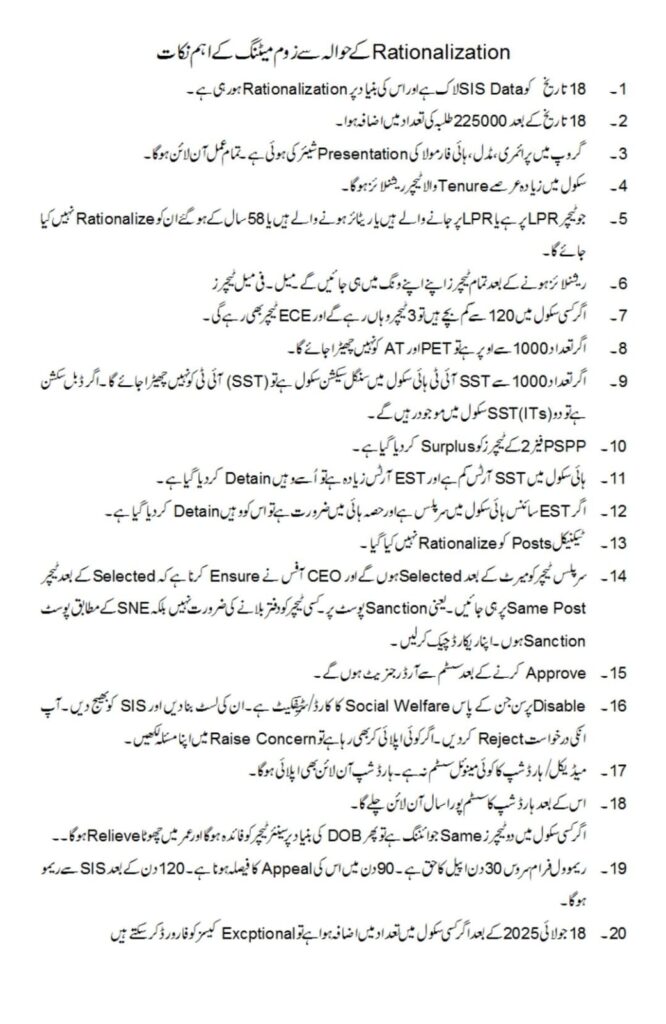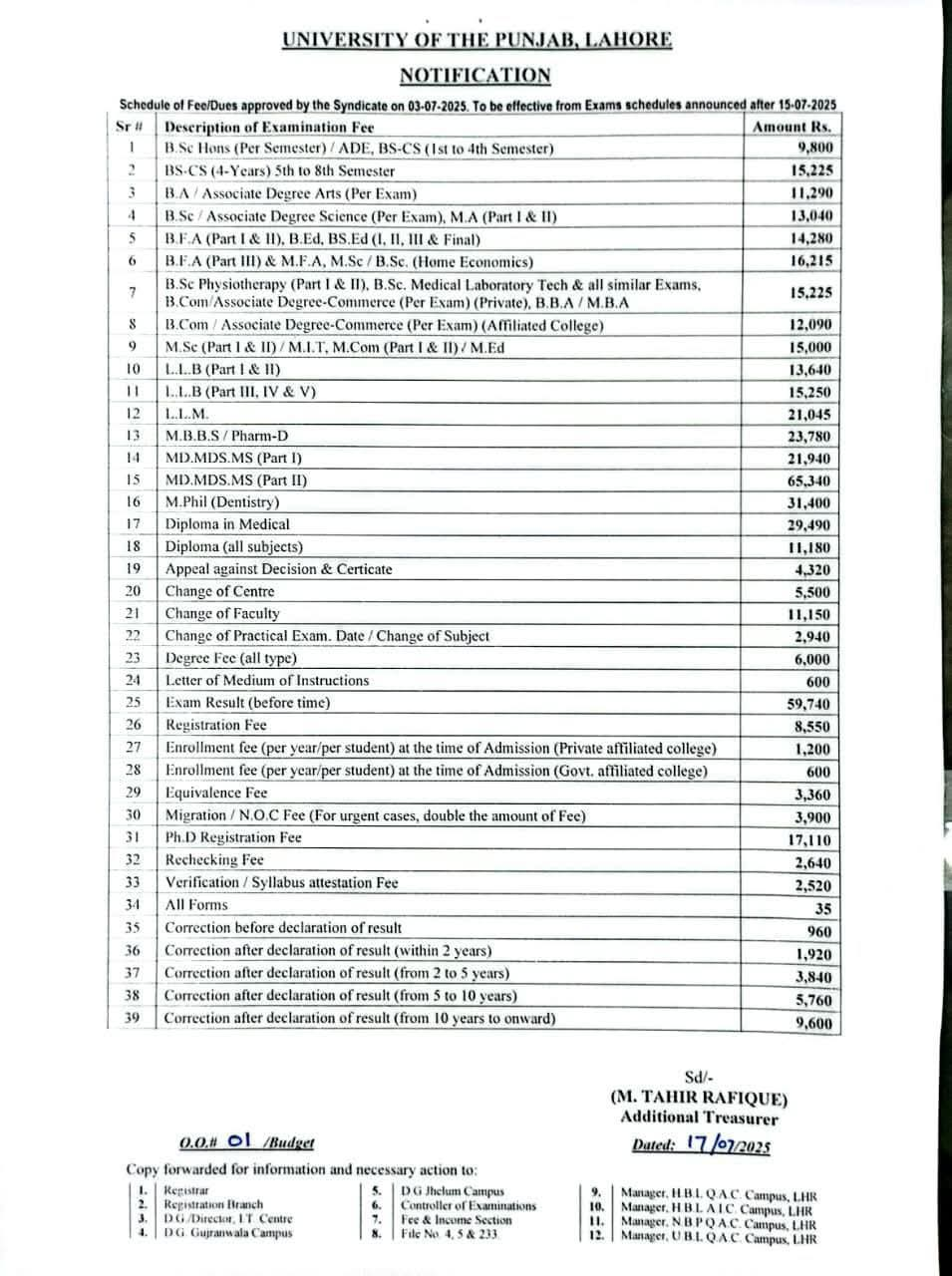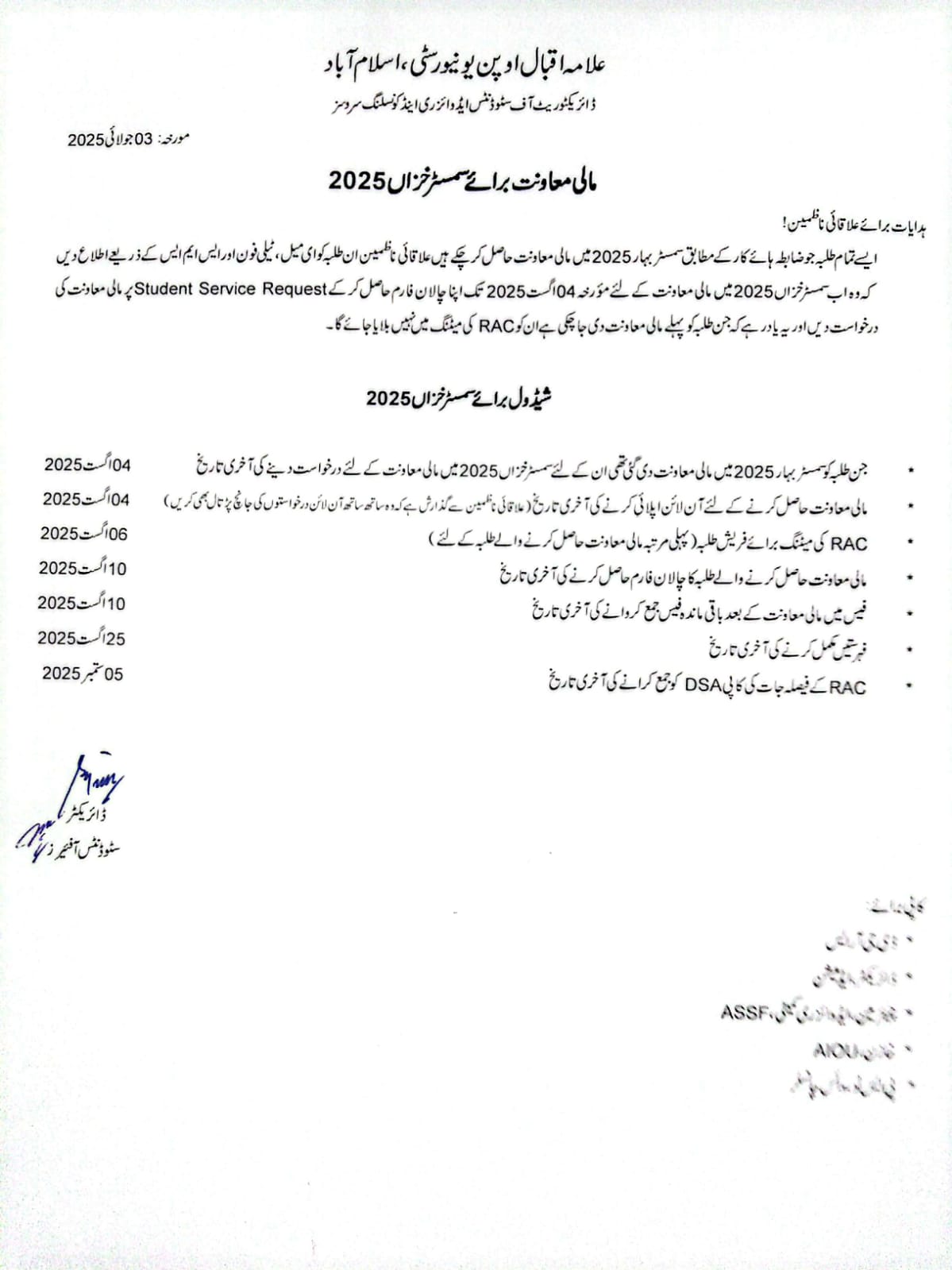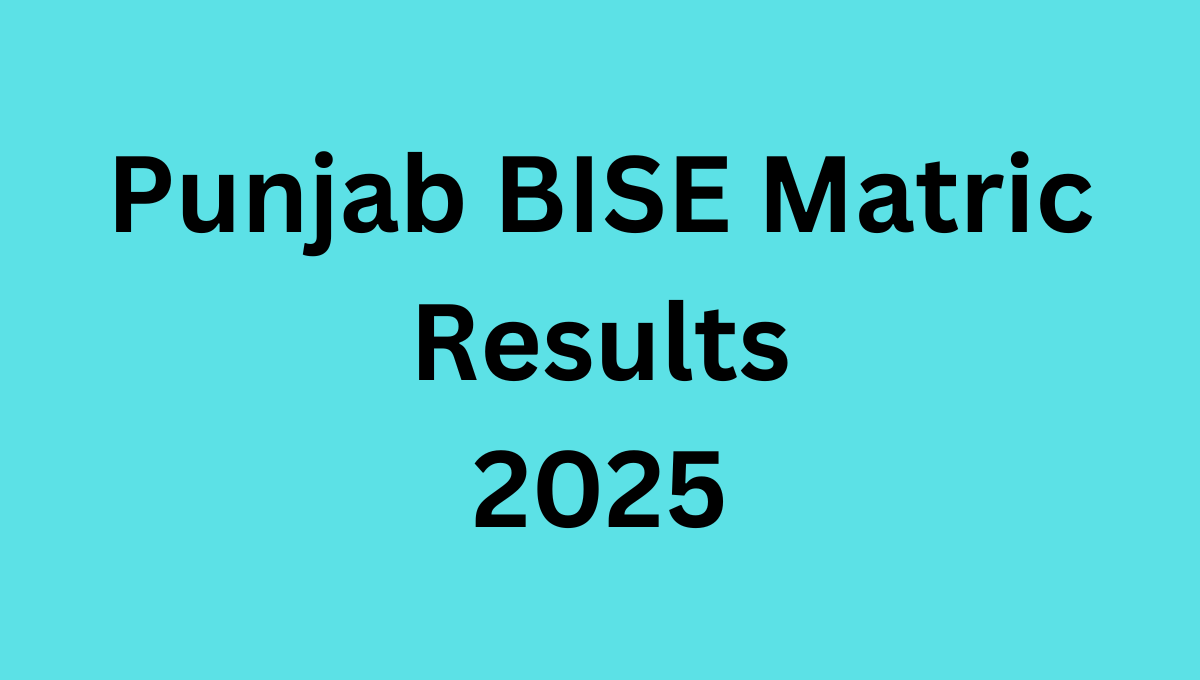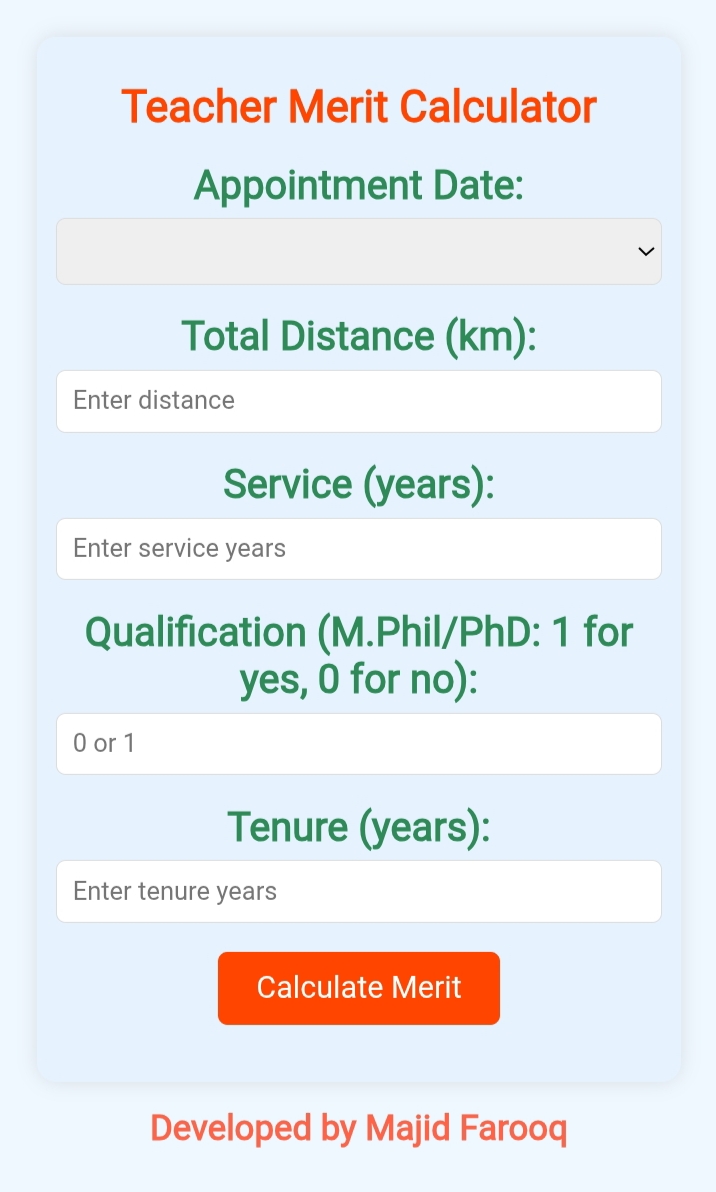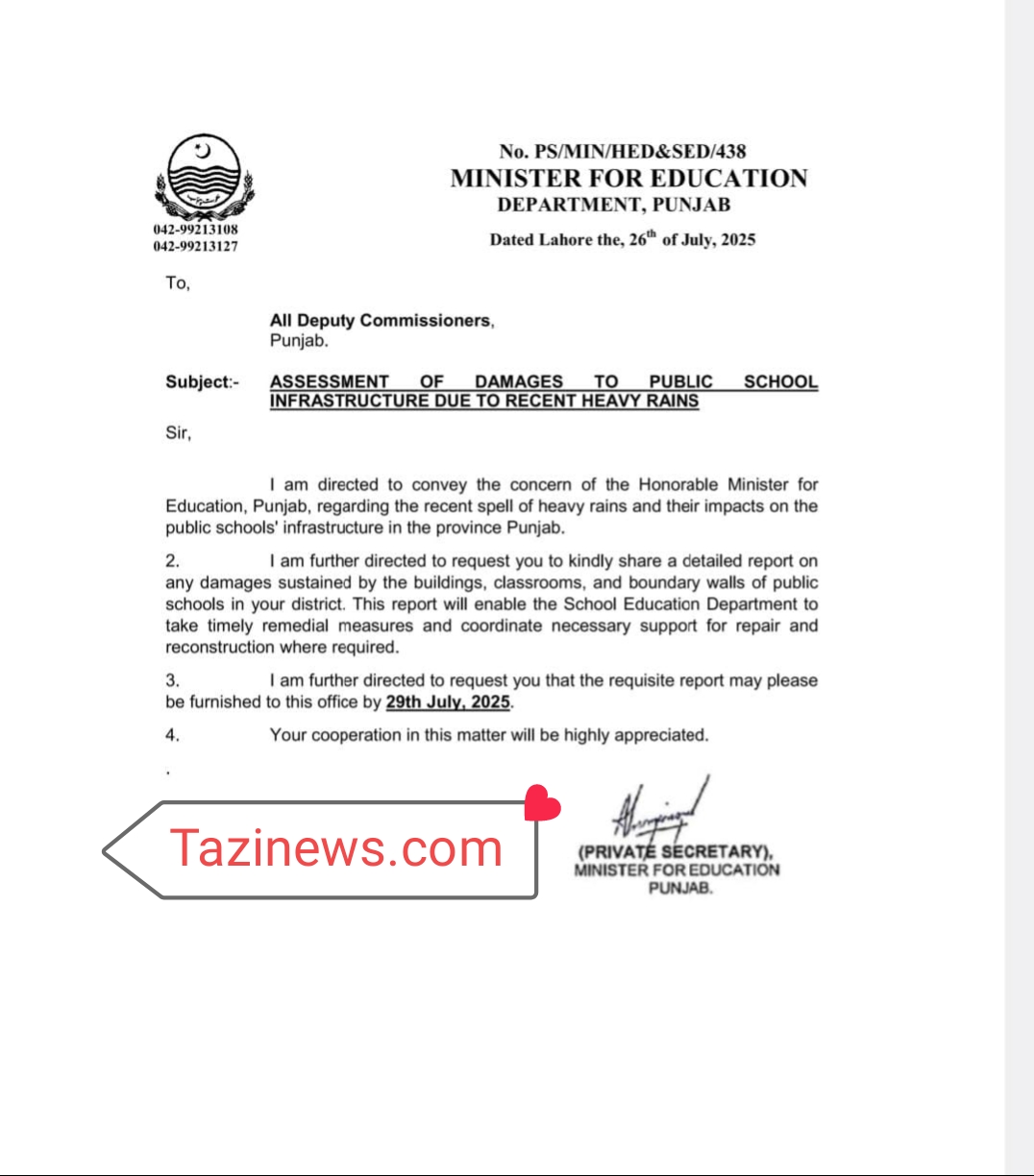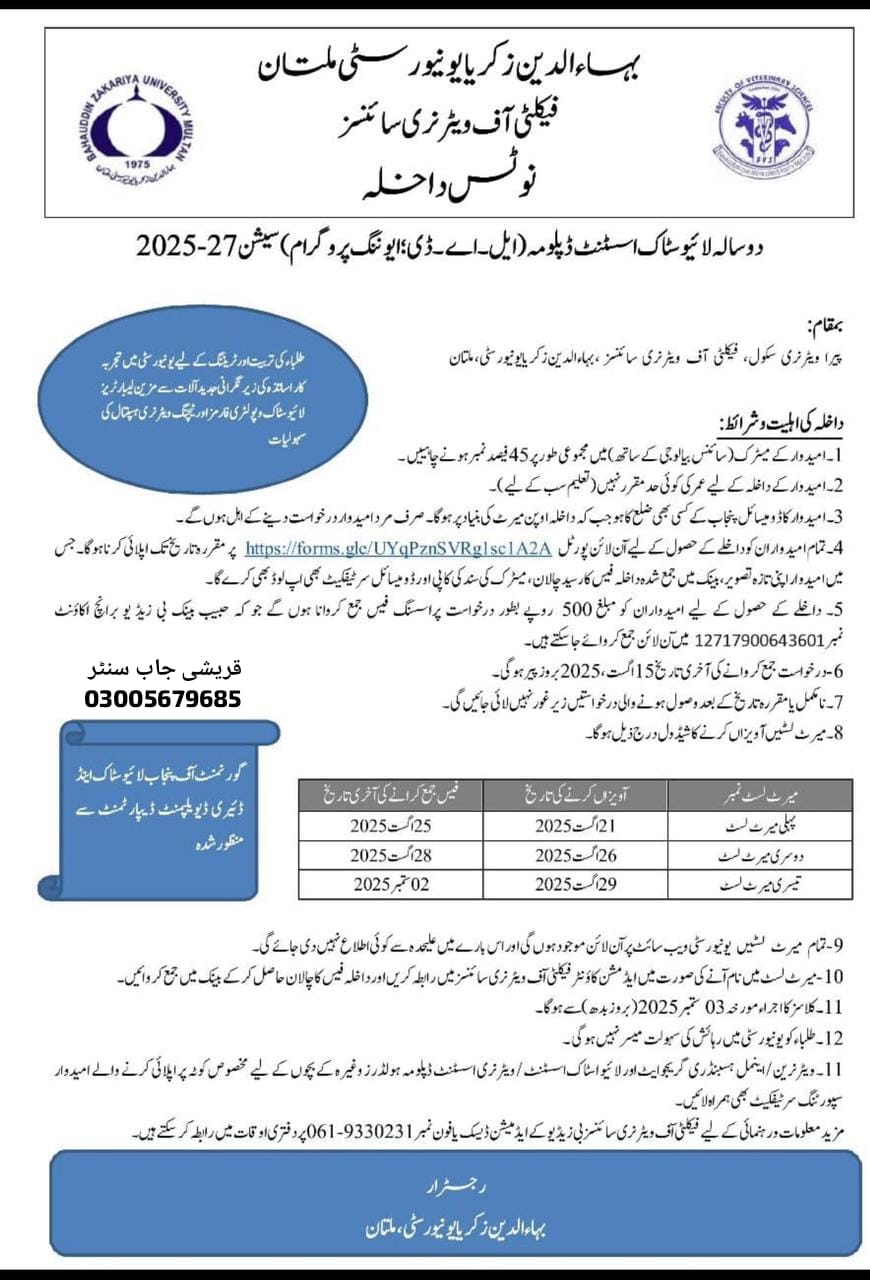Key Points of Zoom Meeting on Teacher Rationalization
Key Points of Zoom Meeting on Teacher Rationalization: A Comprehensive Guide
The recent Zoom meeting on teacher rationalization provided critical updates on the process, particularly regarding the School Information System (SIS) data and its implications for teacher allocation and school management. This article outlines the key points discussed, ensuring clarity for educators, administrators, and stakeholders. Below, we break down the rationalization process, its policies, and its impact, incorporating relevant keywords like teacher rationalization, SIS data, and school management to optimize search engine visibility.
Overview of the Rationalization Process
The rationalization process aims to optimize teacher allocation based on student enrollment and school needs. The SIS data locked on July 18, 2025, serves as the foundation for this process, ensuring decisions are data-driven. Below are the critical highlights:
- SIS Data Lock: The data was finalized on July 18, 2025, and all rationalization decisions are based on this dataset.
- Student Increase: Post-July 18, an additional 225,000 students were recorded, which may lead to exceptional case considerations.
- Online Process: The entire rationalization process, including applications and approvals, will be conducted online for efficiency and transparency.
For more details on SIS data management, visit the Punjab SIS Portal.
Key Policies on Teacher Rationalization
The Zoom meeting outlined specific policies to ensure fair and effective teacher allocation. These policies prioritize long-serving teachers, exemptions for specific groups, and school-specific requirements.
Teacher Tenure and Exemptions
- Long-Tenure Teachers: Teachers with extended service in a school will be prioritized for rationalization to maintain stability.
- Exemptions:
- Teachers on Leave Preparatory to Retirement (LPR) or nearing LPR.
- Teachers approaching retirement or aged 58 or older are exempt from rationalization.
School-Specific Teacher Allocation
The meeting detailed teacher allocation based on student numbers and school type:
| Student Count | Teacher Allocation | Additional Notes |
|---|---|---|
| Less than 120 | 3 teachers + 1 ECE teacher | Ensures basic staffing for small schools. |
| Above 1,000 | PET and AT retained | Protects specialized roles in larger schools. |
| 1,000+ (Single Section) | 1 SST IT retained | Ensures IT support in single-section schools. |
| 1,000+ (Double Section) | 2 SST ITs retained | Supports larger IT needs in double-section schools. |
For further insights into teacher allocation, check UNESCO’s Education Policy Resources.
Subject-Specific Rationalization Rules
The rationalization process also addresses subject-specific teacher needs, particularly for SST Arts, EST Arts, and EST Science:
- SST Arts and EST Arts:
- If a high school has a shortage of SST Arts teachers but an excess of EST Arts, the latter will be retained to address the gap.
- EST Science:
- If a high school requires EST Science teachers and they meet qualifications, they will be retained.
Surplus Teachers and PSPP
- Surplus Teachers: Identified based on merit, with the CEO office ensuring they are reassigned to equivalent posts per the Sanctioned Number of Employees (SNE).
- PSPP and Surplus: 2 teachers and the PSPP have been declared surplus and will be reassigned accordingly.
Learn more about surplus teacher management at OECD Education Reports.
Online Hardship and Appeal Processes
The rationalization process emphasizes digital solutions for fairness and accessibility:
- Medical Hardship Applications:
- No manual applications; all submissions must be made online.
- The hardship system will operate year-round post-rationalization.
- Disabled Teachers:
- Teachers with a Social Welfare card/certificate must be listed and submitted to SIS. Applications from disabled teachers will be rejected unless raised via the Raise Concern portal.
- Appeals:
- Teachers can appeal removal from service within 30 days.
- Appeals will be resolved within 90 days, with removal from SIS after 120 days if unresolved.
For online application guidelines, refer to the Punjab Government Education Portal.
Exceptional Cases and Post-July 18 Adjustments
For schools experiencing a student increase after July 18, 2025:
- Exceptional Cases: Schools can forward cases for review if student numbers significantly impact teacher requirements.
- DOB-Based Seniority: In schools with teachers of the same age, the Date of Birth (DOB) determines seniority, with older teachers prioritized.
Technical Posts and System Processing
- Technical Posts: Rationalization of technical posts is ongoing but not finalized.
- System Processing: Post-approval, all orders will be processed through the online system for efficiency and record-keeping.
For more on education system digitization, see World Bank Education Technology.
FAQs on Teacher Rationalization
Q: What is the basis for the rationalization process?
A: The process uses SIS data locked on July 18, 2025, as the primary dataset for teacher allocation decisions.
Q: Are retired or near-retirement teachers affected?
A: No, teachers on LPR, nearing retirement, or aged 58+ are exempt from rationalization.
Q: How are surplus teachers managed?
A: Surplus teachers are selected based on merit and reassigned to equivalent posts per SNE guidelines.
Q: Can hardship applications be submitted manually?
A: No, all hardship applications must be submitted online, with a year-round system post-rationalization.
Q: What happens if student numbers increase after July 18?
A: Schools can submit exceptional cases for review to adjust teacher allocations.
Conclusion
The Zoom meeting on teacher rationalization outlined a streamlined, data-driven process leveraging SIS data to ensure equitable teacher allocation. By prioritizing long-serving teachers, exempting specific groups, and adopting an online system, the process aims to enhance school management efficiency. Stakeholders are encouraged to stay updated via official portals and submit applications or appeals through designated online channels.
For the latest updates, visit the Punjab Education Department.
